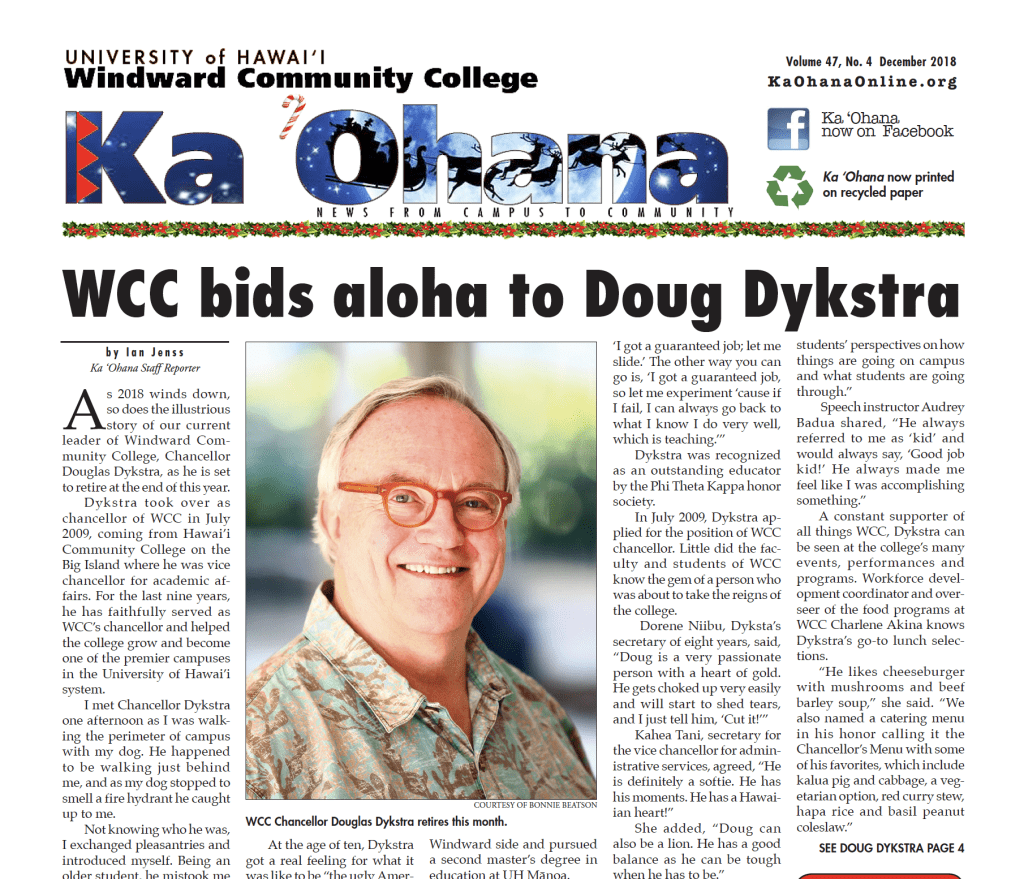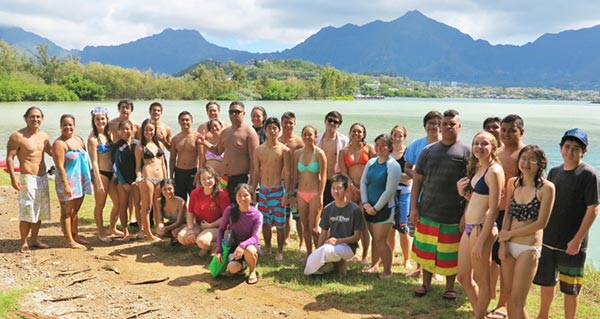
As rail’s price tag keeps getting higher, there’s a lot of talk about making major changes to keep it on track and on budget.
The 20-mile rail line, which was planned to run from Kapolei (near the University of Hawai‘i-West O‘ahu campus) to Ala Moana Center, was originally estimated to cost $5.2 billion and be completed in 2019. The project is now estimated at $8.3 billion with completion in 2024.
While it’s not unusual for rail projects to run over-budget, the average cost overruns for 38 U.S. public transit projects surveyed by the Federal Transit Administration in 2011 was 37.5 percent. Only 10 projects exceeded Honolulu’s expected overrun of 60 percent.
Honolulu Mayor Kirk Caldwell, who just won re-election and is a strong advocate for rail, said he supports cutting the elevated transit line nearly five miles and stopping at Middle Street to stay within budget. However, he wants to eventually build the line to Ala Moana Center, its original destination, as well as extend it to the University of Hawai‘i at Mānoa.
The Honolulu Authority for Rapid Transportation (HART) was established in 2005 with the support of federal, state and local officials to provide an efficient and reliable transportation alternative to Honolulu’s congested highways and is relying on federal grants and General Excise and Use Tax (GET) dollars for rail construction.
In February, the Honolulu City Council approved a bill to extend a half-percent increase in the GET until 2027 with a cap of an additional $1.1 billion for the project.
Mayor Caldwell estimates that $3.7 billion will be collected from the GET surcharge by 2022, leaving huge shortfalls that prohibit bids from going out.
He and the neighbor island mayors have also put forward a bill that would give the counties the authority to impose a GET surcharge of up to 1 percent. The bill would prevent the City and County of Honolulu from using the tax only for the rail project but places no restriction on how the other counties could use the money.
He added that the county would also have to raise property taxes 33 to 43 percent to raise enough money for the rail project.
In a legislative briefing in January 2015, House Finance Committee Chair Sylvia Luke (D-Nu‘uanu, Pauoa, Pacific Heights, Papakolea, Punchbowl) emphasized that the GET is one of the most regressive types of taxes and disproportionately affects the state’s poorest residents.
Mayor Caldwell acknowledged the regressive nature of the GET but noted that he liked how tourists pay for one-third of the surcharge. He said he’d much rather place the burden on visitors than residents.
“Rail is absolutely worth fighting for in my mind, and so many of us look at just tomorrow,” he said during the briefing. “But we’re talking about something a decade from now, five decades now, for people we don’t even know yet, who are going to live better.”
The state Legislature also introduced House Bill 1588 in January that would distribute money to help small businesses located along the line, many of which say they are struggling.
“It’s noticeably a bit slower,” said Al Tod, owner of Al’s Tinting on Kamehameha Highway in Aiea.
“We know that a lot of businesses are being interrupted by the development of rail, so we want to really protect our small businesses,” said Rep. John Mizuno (D-Kalihi Valley, Kamehameha Heights).
House Bill 1588 would establish a Rail Business Interruption Fund of $2 million, which would help companies along the line that have seen revenue drop by at least 25 percent. To qualify, companies must also have been in business for at least two years, have 25 or fewer employees and be in good standing with taxing and licensing authorities. Businesses could receive $25,000 or 60 percent of annual business losses, whichever is the lesser amount.
HART is also trying to figure out ways to attract people to affected businesses by helping the businesses establish and sell their brands and draw ing in customers through coupons and specials, but some business owners are skeptical whether that will work.
“We are just hanging on because our sales have definitely dropped and we have only risen since we opened,” said Linda Matsuo, president of Shiro’s Saimin Haven in Aiea. “We’ve never gone down, even in the depression, and this is our worst crisis that we’ve ever had.”
by Deborah Higa, Ka ‘Ohana Editor in Chief




